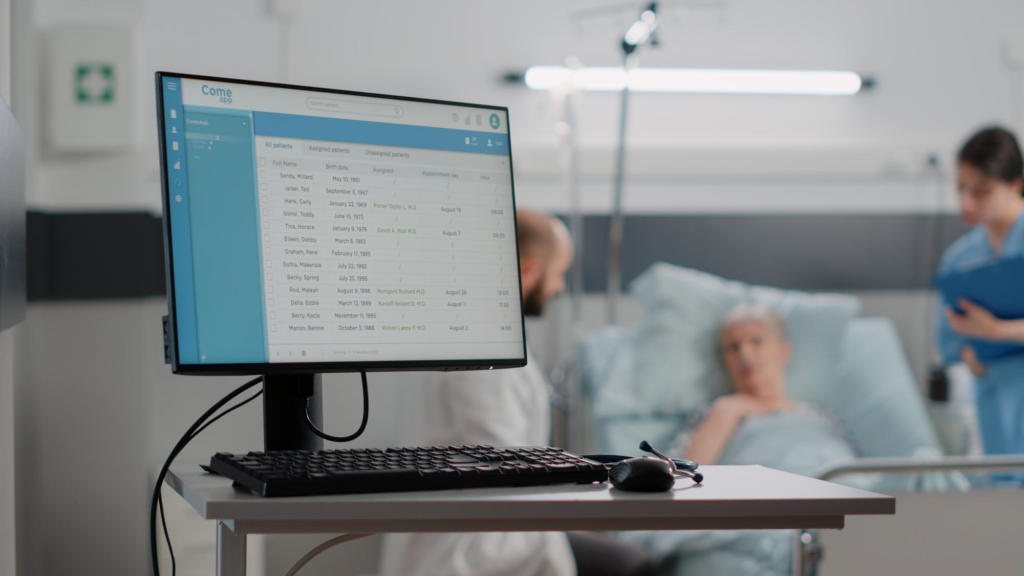
Healthcare organizations are spending a lot this year to retain their current staff. How can they make sure those dollars produce the maximum impact?
Healthcare is experiencing a huge shortage of physicians and nurses at a time when the U.S. population is aging and requiring more care than ever before. Organizations spend more than 50% of their budget on labor costs, and turnover is expensive. Therefore, it makes sense to focus on maximizing job satisfaction and minimizing the dissatisfiers out there.
Let’s take a look at some current research:
According to the American Medical Association, the top job satisfiers for physicians are:
- Intellectual work
- Assessment
- Management for the intended medical outcome
- Respect, caring, and compassion.
Conversely, the top dissatisfiers for practicing physicians are:
- Electronic health or medical records
- Meaningful use (MU)
- The EHR product itself
- Poor EHR usability
The spending to completely replace an EHR can be out of reach, and MU isn’t going anywhere. So what else can be done to reduce frustrations with the EHR?
What Does EHR Optimization Mean?
EHR optimization relies on a science called human factors engineering – a practice that considers the benefits and user experience with a computer system. Optimization requires identifying an organization’s pain points and creating strategies to overcome them.
A study by the Annals of Internal Medicine concluded that for every hour spent with patients, physicians spent two hours on documentation in the EHR and other administrative work. After 430 hours of observing 60 physicians from 16 practices, 49% of office hours were spent on the EHR and desk work, while 27% was spent with patients directly. Physicians were also spending an average of 1.5 hours per day after hours doing EHR tasks.
“Death by a Thousand Clicks”
U.S. physician notes are now FOUR times as long as the same notes in other countries. This phenomenon is called “note bloat” and is caused by the need to include many data elements for billing purposes, rather than patient care purposes. Also, many EHRs require several steps to carry out simple processes, like reviewing patient allergies or renewing prescriptions. This excessive interaction with the EHR is often called “death by a thousand clicks” as a tongue-in-cheek way to describe the non-user-friendly features.
A paper from the National Academy of Medicine identifies several strategies that organizations can take to optimize their EHR – specifically to improve patient care and clinician well-being.
EHR Optimization “Sprints”
This is a short, team-based work session designed to make the most of physicians’ valuable time and to create the most benefit. This process was utilized at the University of Colorado Health in Aurora, CO, and resulted in significant increases in physician EHR satisfaction scores, as well as reduced documentation time.
The optimization team met with clinicians several times prior to the sprint sessions to gain an understanding of the pain points and current office workflows. Customized tools were also developed for specialty applications. The team spent the sprint time with physicians doing three things:
- Provide training on how to use the EHR more efficiently.
- Streamline multidisciplinary workflows.
- Build new specialty-specific EHR tools.
Manage Notifications and Emails
Reliant Medical Group in Worcester, MA found that by simply re-routing certain types of notifications and messages to the appropriate clinical team rather than sending them all to the physician first, there were able to reduce the “in basket” volume by 25%.
The VA has also sought to reduce the number of notifications by establishing a recommended evidence-based list of notification types and excluding other types. This action alone reduced office time for each physician by over 1.5 hours per week.
Another strategy used by the physician’s office is to create shared “in baskets” of messages and notifications that can be worked on simultaneously by a physician team consisting of mid-level providers, nurses, or medical assistants. This team-based care (TBC) strategy relies on establishing rules for redirecting EHR messages to the right team member.
EHR Training
In a survey encompassing 156 healthcare organizations, physicians that received poor training were 3.5 times more likely to report a poor EHR experience, stating that it did not “enable them to deliver high-quality care.” A major barrier to receiving and adopting new training was a lack of time for clinicians to dedicate to learning activities.
Trainers have found that “at-the-elbow” training sessions can be very effective, helping physicians to use the technology in real-time and in their standard workflows. This time can also reveal needs that can be addressed with other physicians in the organization.
The Rise family of companies provides a suite of productivity and efficiency solutions that work together to ensure financial sustainability. Part of this important strategy is to protect the human resources – the important clinicians that provide the hands-on care. By using Rise to optimize EHR workflows, practices can enjoy more time with patients, less time at the office after hours, and smoother and less frustrating workdays. To find out how we can help revolutionize your HER experience, contact us for a consultation and demo.